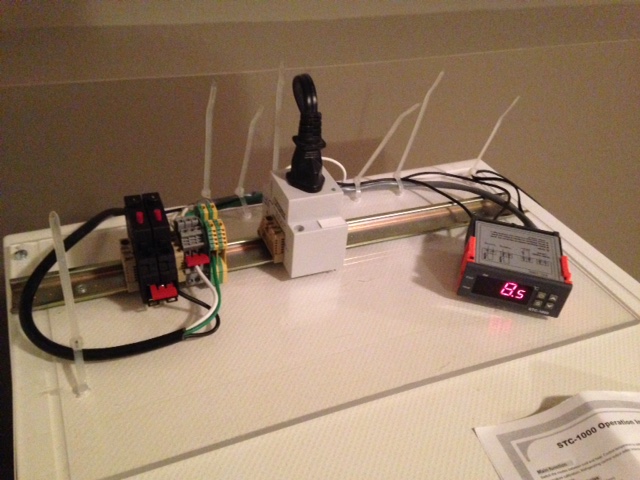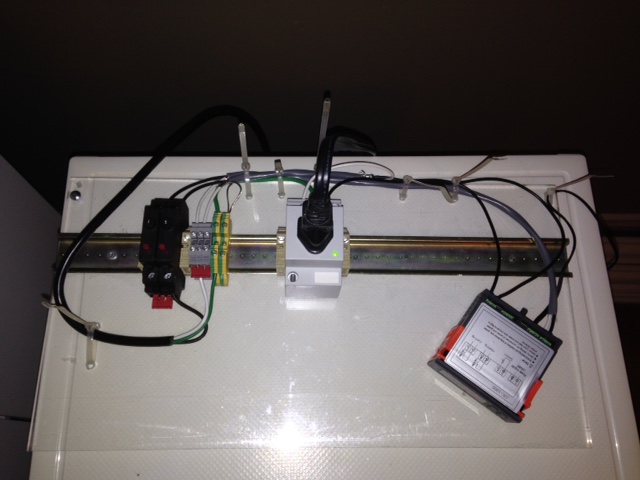You can, but you need to recompile with your settings and build the sketch. The build script does this, but you need to run linux, and you'll need to install SDCC and GPUTILS. So yes, you can, but it will require you to setup a build environment.
Ok, not so simple then. A linuxbox is no problem, I will see if I can handle compiling. I have 4 running and I wold like to have these with identical profiles. So a change in one result in programming all. Will it be possible in the future to extract the settings to a .txt file and port it in to the sketch do you think?















![Craft A Brew - Safale S-04 Dry Yeast - Fermentis - English Ale Dry Yeast - For English and American Ales and Hard Apple Ciders - Ingredients for Home Brewing - Beer Making Supplies - [1 Pack]](https://m.media-amazon.com/images/I/41fVGNh6JfL._SL500_.jpg)













































